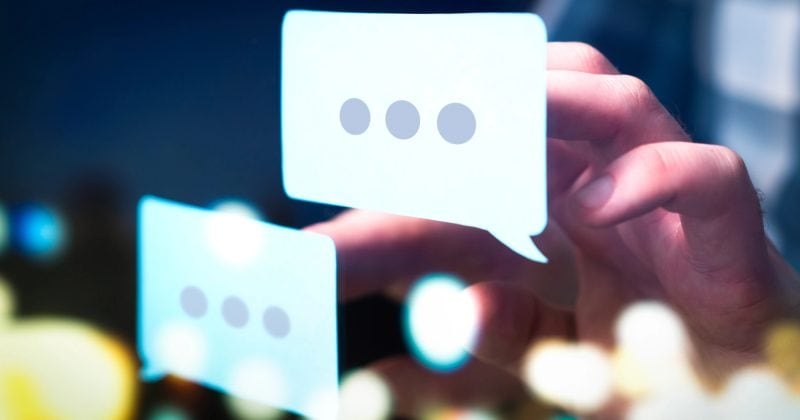What is UI?
UI Design – which stands for User Interface Design – covers all aspects of a product’s design from color choice, typography, logo design, layout and animation. It is the bridge between a user and an application or product. A good UI should be easy to use, with simple and clear navigation and controls that make it intuitive for users to interact with the product.
All of the following are included in a UI design:
- Color: Colors should be used to create hierarchy and draw attention.
- Typography: Fonts should be chosen carefully to ensure readability and legibility.
- Branding: Logos, slogan and other branding elements should act as the visual representation of a product, business or person.
- Layout: The layout of a UI should guide users through the application or product.
- Animation: Animations should work to create a dynamic and engaging experience.
UI vs. UX: What’s the Difference?
UI and UX are often used together but they are not the same thing. UI Design focuses on the visual elements that make up a product while UX (User Experience) design is concerned with how a user interacts with those visuals. While UI designers have to consider usability, it’s more important for UX designers as their job is to ensure a positive and intuitive user experience.
Example of a UI Design Initiative
Let’s say you are designing a mobile banking app. You would start by looking at the user journey and come up with a plan for how to make it easy for users to navigate through the app and complete tasks like checking their balance or transferring money.
Example of a UX Design Initiative
With the same mobile banking app, you may have to look at user feedback and come up with strategies to improve the user experience. This could involve making changes to the design of certain parts of the interface or adding new features.
How Does UI Affect SEO?
SEO and UI go hand-in-hand. A professionally designed website with clear labels and categories can help users find the information they need faster, which in turn boosts your website or app’s ranking on search engines.
In turn, if you’re receiving SEO services for your website, you want to ensure that when they user does land on the site, they are having a strong experience and are able to find what they are looking for.
What Are the Main Types of UI Design?
There are three main types of UI design, and we’ll dive into what these are and how they differ from each other.
Graphic UI Design
This type of UI design focuses on creating visuals for applications or products. Graphic designers use their knowledge of color, typography and layout to create aesthetically pleasing interfaces that are also easy to interact with.
Motion UI Design
Motion design is all about using animations to enhance the user experience. Animations can be used to provide feedback or draw attention to certain elements on the page.
Responsive UI Design
Responsive design focuses on creating interfaces that are optimized for different screen sizes and devices. This allows users to have a consistent experience across platforms and ensures that your product looks great no matter what device it’s being used on.
There are additional types of UI design and elements, ranging from voice user interface (VUI) design to accessibility UI design, as well as menu-driven interface, where the focus is on navigations and drop downs.
Best Practices for UI Design
If you’re just starting in the world of UI design, we recommend using the following as general best practices.
1. Keep It Simple
The first rule of UI design is to keep it simple and make sure that the user can easily access all necessary features with minimal effort. When designing, focus on making the interface intuitive and user-friendly so that users can navigate through the product quickly and easily.
2. Be Consistent
Consistency is key when it comes to UI design. Make sure that all elements have a consistent style, look, and feel throughout the entire product. This will make it easier for users to recognize different parts of your product and will create a more cohesive experience.
3. Focus on Contrast
Use contrasting colors and fonts to draw attention where it’s needed and make sure text is clear and legible. When it comes to color, less is more – try to keep the palette simple and cohesive.
4. Pay Attention to Usability
Usability should always be a priority when designing a UI. Make sure that all elements are easy to access and understand so that users can easily find what they need without confusion or frustration.
5. Test, Iterate & Refine
The best way to ensure that your product has an intuitive interface is to test it with real users and get feedback. This will allow you to identify areas where improvements can be made and refine the design until you have created an optimal user experience.
Expert UI & UX Design Services
CyberOptik is a Chicago web agency that specializes in UI and UX design. With more than twenty years of experience, our team of web developers and designers are experts in creating engaging and user-friendly interfaces that are optimized for all devices. We help our clients create a seamless user experience so they can reach more customers and increase conversions.
If you’re looking for expert UI & UX design services, contact us today to learn how we can help you create the perfect interface for your website, business or product.



